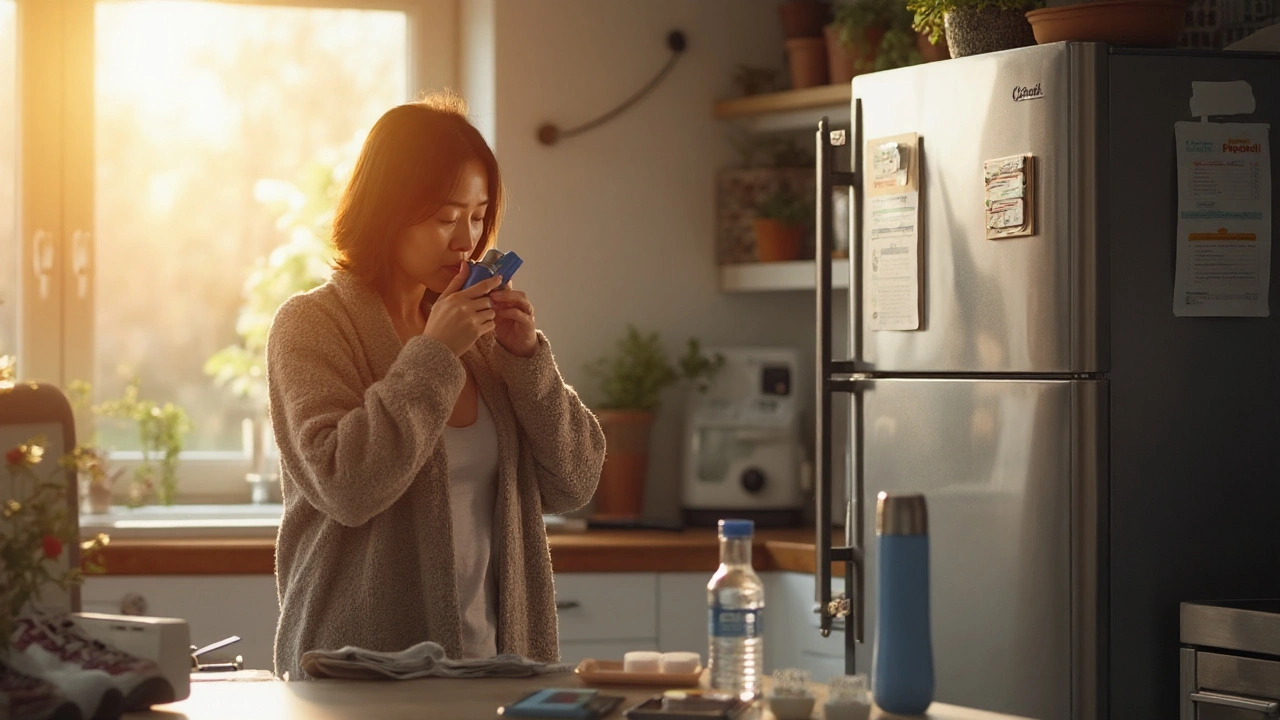Pulmonary Rehabilitation Made Simple
If you or someone you know struggles with shortness of breath, tiredness, or frequent lung infections, pulmonary rehabilitation (often called lung rehab) might be the missing piece. It’s a structured program that blends exercise, education, and personalized support to help your lungs work more efficiently.
Who Benefits from Lung Rehab?
Anyone with chronic lung conditions—COPD, asthma, pulmonary fibrosis, or after a serious infection—can gain from rehab. Even people who smoke heavily or have been on ventilators can see improvements. The program isn’t just for the severely ill; even mild breathlessness can be eased with the right plan.
What Happens in a Typical Session?
Each session starts with a quick check of your oxygen levels and heart rate. Then you’ll do guided aerobic activities like walking on a treadmill, cycling, or light jogging, all tailored to your current fitness. The goal isn’t to push you to the limit but to gradually raise your stamina.
Next comes breathing training. You’ll learn techniques such as pursed‑lip breathing and diaphragmatic breathing, which help keep airways open longer and reduce the work of breathing. A therapist will also show you how to use devices like incentive spirometers for home practice.
Education is the third pillar. You’ll get clear explanations about medication use, nutrition tips for lung health, and strategies to manage anxiety that often accompanies breathlessness. Knowing why you feel a certain way makes it easier to stay on track.
Finally, many programs include a psychosocial component—support groups, counseling, or stress‑relief activities. Dealing with a chronic lung disease can be emotionally draining, so having a community helps keep motivation high.
Most lung rehab programs run for 6–12 weeks, with sessions two to three times a week. After the supervised phase, you’ll receive a home‑exercise plan to maintain gains. It’s common to see better walking distance, fewer flare‑ups, and a reduced need for rescue inhalers within weeks.
Starting your rehab is easier than you think. Talk to your primary doctor or pulmonologist; they can refer you to a certified program. Many health insurers cover the cost, especially for COPD or post‑hospitalization patients. If travel is an issue, look for tele‑rehab options that let you join live sessions from home.
Quick tips to get the most out of rehab:
- Wear comfortable shoes and dress in layers—your body temperature can change quickly.
- Bring your inhaler and any oxygen equipment; your therapist will adjust settings as needed.
- Track your progress in a simple notebook—note distance walked, breathlessness scores, and how you feel each day.
- Stay consistent. Even short, daily breathing exercises are more effective than occasional long workouts.
- Ask questions. Understanding why you’re doing each activity boosts confidence and results.
Remember, pulmonary rehabilitation isn’t a cure, but it’s a powerful tool to reclaim quality of life. By combining movement, smart breathing, and education, you give your lungs a fighting chance and yourself a brighter, easier‑to‑breathe future.
-
COPD and Quality of Life: What Hurts, What Helps, and What to Do
How obstructive lung disease reshapes daily life-and the evidence-backed moves that boost well-being. Clear tools, checklists, and a plan you can start today.
